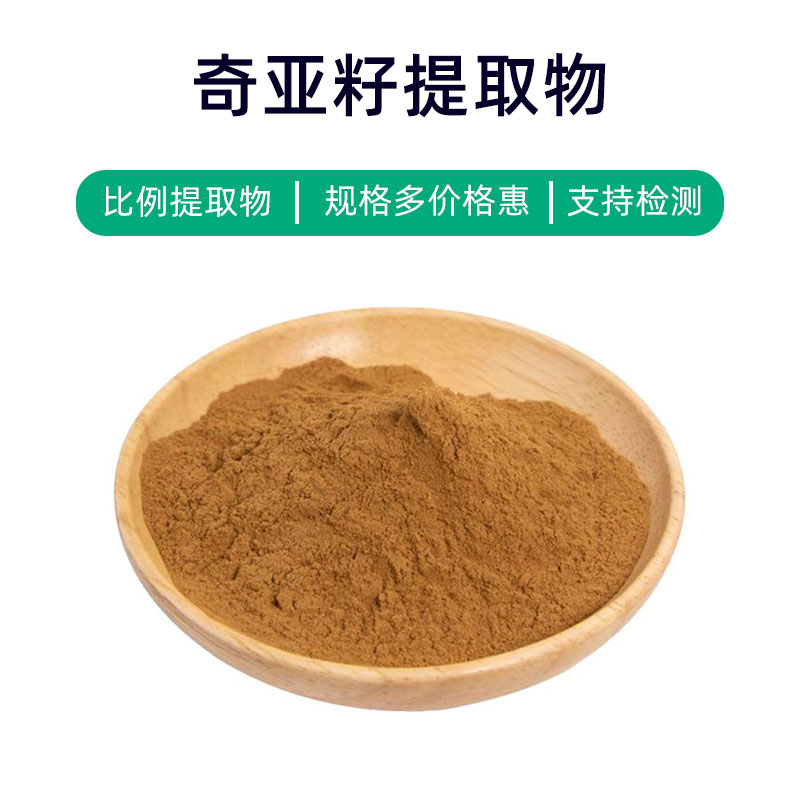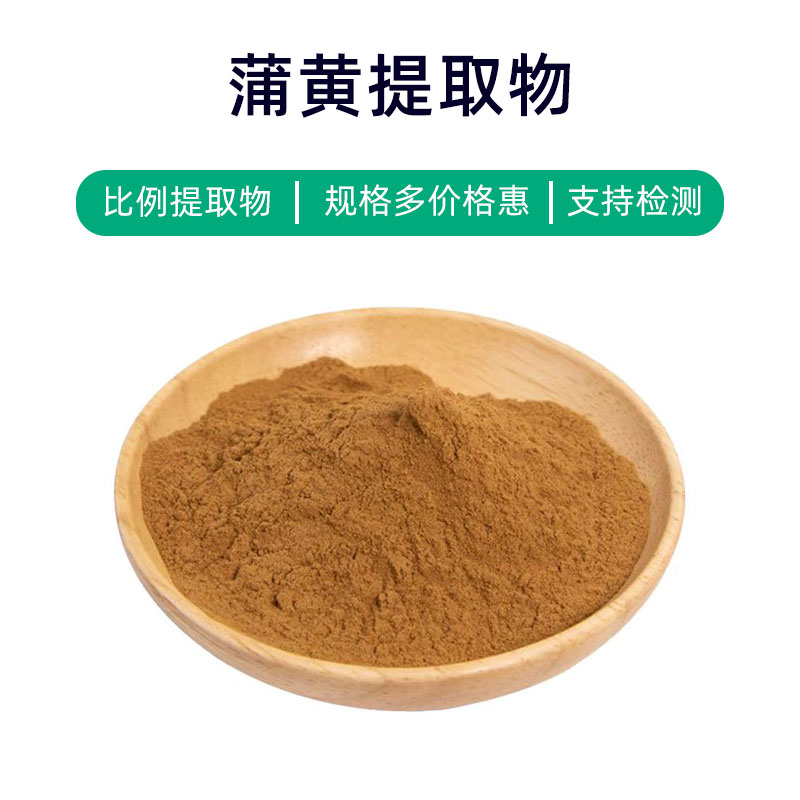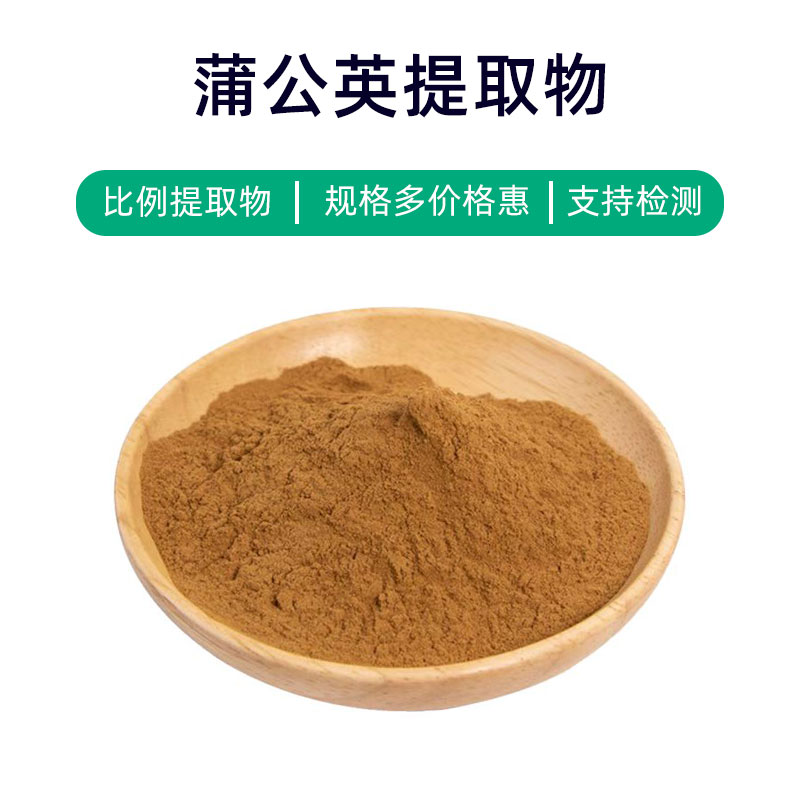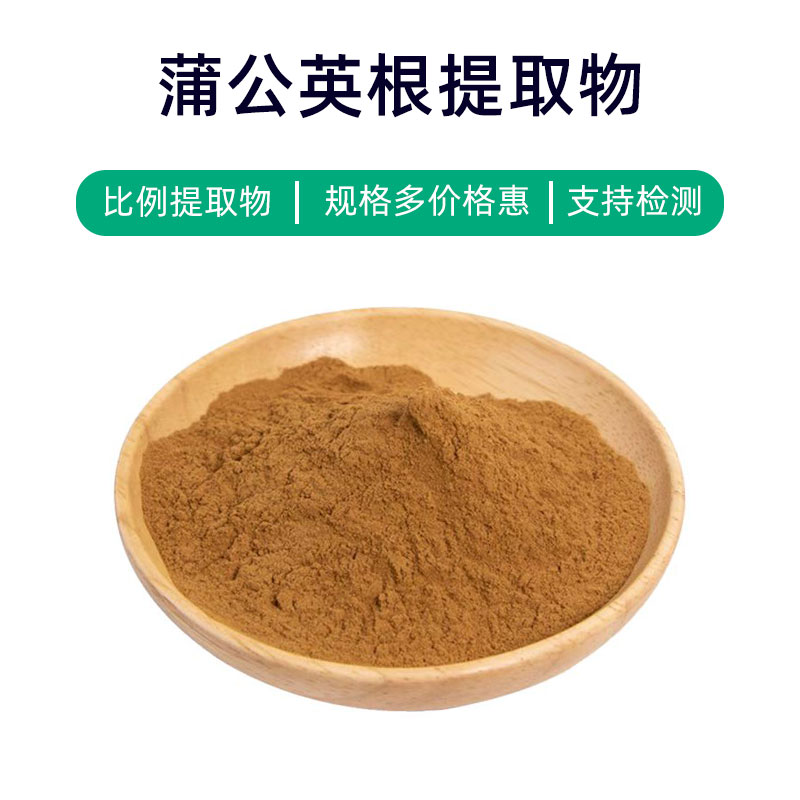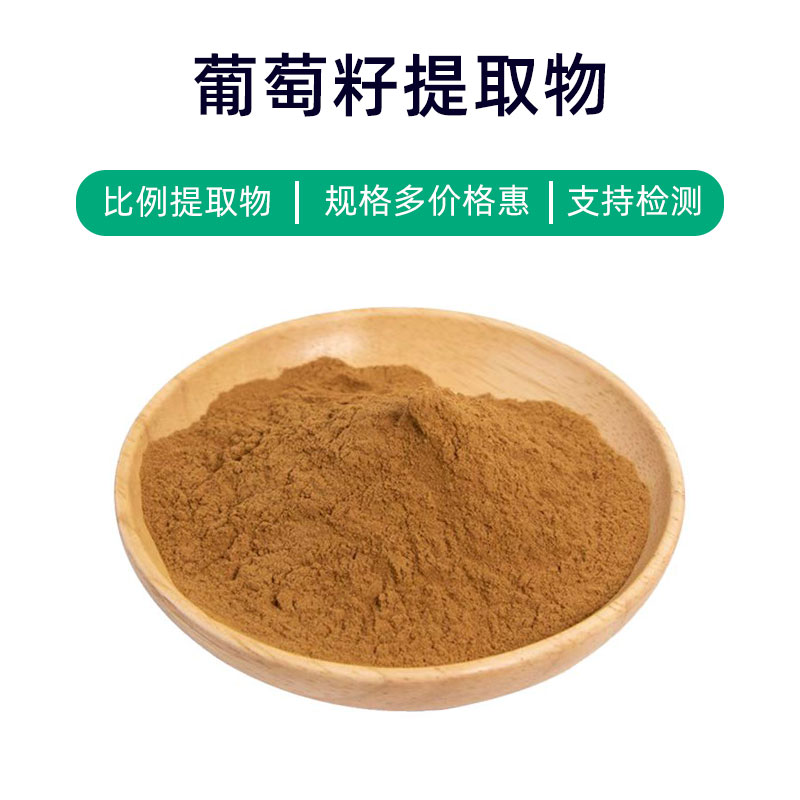Introduction to Salvia Miltiorrhiza Extract
Salvia miltiorrhiza extract is a natural plant extract derived from the roots of Salvia miltiorrhiza. Its main components include danshenone, salvianolic acid, and other effective ingredients. These compounds have multiple pharmacological effects and are widely used in pharmaceuticals, dietary supplements, and cosmetics.
Traditionally, Salvia miltiorrhiza extract has been used in the treatment of cardiovascular diseases, renowned for its benefits in improving blood circulation, providing antioxidant effects, reducing inflammation, and preventing platelet aggregation. It is also believed to have protective effects on the liver, regulate blood lipids, reduce blood sugar levels, and exhibit anti-tumor properties.
In pharmaceutical formulations, Salvia miltiorrhiza extract is commonly used in cardiovascular medications such as danshen pills and injections to treat angina and coronary heart disease. In the dietary supplement sector, it is often found in products like danshen capsules and oral liquids, aimed at regulating blood lipids and enhancing cardiovascular health. Additionally, Salvia miltiorrhiza extract is frequently incorporated into cosmetics as an antioxidant and anti-aging component, beneficial for skin hydration and reducing pigmentation.
Overall, Salvia miltiorrhiza extract, as a natural plant extract, possesses various pharmacological effects and is suitable for adjunctive treatment of cardiovascular diseases, regulation of blood lipids and cardiovascular health in dietary supplements, as well as skincare and anti-aging applications in cosmetics.
Production Process of Salvia Miltiorrhiza Extract
The production process of Salvia miltiorrhiza extract typically includes the following steps:
- Raw Material Preparation: Select high-quality Salvia miltiorrhiza roots, wash and crush them, ensuring the quality and cleanliness of the raw materials.
- Extraction: The pre-processed Salvia miltiorrhiza roots are subjected to extraction with an appropriate solvent (such as ethanol or water), dissolving the effective components into the solvent.
- Concentration: The resulting extract is concentrated using methods such as vacuum concentration or evaporative concentration to remove the solvent, yielding a concentrated Salvia miltiorrhiza extract.
- Filtration and Clarification: The concentrated extract undergoes filtration and clarification to remove impurities and suspensions, resulting in a purer product.
- Recrystallization: The clarified extract is subjected to recrystallization to precipitate the active components, enhancing the purity and potency of the extract.
- Drying: The recrystallized Salvia miltiorrhiza extract is dried to eliminate moisture, presenting it in a solid form for easier storage and use.
- Grinding and Packaging: The dried extract is ground to achieve the desired particle size, then packaged in a sealed manner to prevent moisture absorption and oxidation.
- Quality Control: Strict quality control is implemented throughout the production process, including raw material inspection, process monitoring, and final product testing, ensuring quality and safety.
Through these steps, high-quality Salvia miltiorrhiza extract can be produced, retaining the effective components of the plant with excellent medicinal value and application results.
Effects and Side Effects of Salvia Miltiorrhiza Extract
As a traditional medicinal herb, Salvia miltiorrhiza extract has a variety of effects and benefits, including:
- Cardiovascular Protection: Contains active ingredients like salvianolic acid that help dilate blood vessels, prevent coagulation, and reduce thrombus formation, aiding microcirculation and lowering the risk of cardiovascular diseases.
- Antioxidant Effects: Components such as danshenone exhibit strong antioxidant activity, helping to eliminate free radicals, reduce oxidative damage, slow aging, and enhance the body's antioxidant capacity.
- Anti-inflammatory and Antibacterial Effects: Salvia miltiorrhiza extract features compounds that provide significant anti-inflammatory and antibacterial effects, alleviating inflammation and inhibiting the growth of bacteria, fungi, and viruses, thus aiding in infectious disease treatment.
- Hepatic Protection: Enhances liver cell metabolism and detoxification, helping to protect the liver from damage and prevent liver diseases.
- Anti-tumor Effects: Compounds within the extract can inhibit the proliferation and metastasis of certain tumor cells, offering therapeutic potential against specific cancers.
- Blood Pressure Regulation: By dilating blood vessels and promoting circulation, Salvia miltiorrhiza extract can reduce blood pressure, contributing to hypertension prevention and treatment.
- Microcirculation Improvement: Improves microcirculation by increasing blood flow and perfusion in microvessels, supporting oxygen and blood supply to tissues, and facilitating wound healing and tissue repair.
Despite its many benefits, caution is advised regarding potential side effects, such as allergic reactions, digestive issues, and dizziness. Therefore, usage should follow medical advice, and monitoring for adverse reactions is recommended.
Application Scenarios and Dosage of Salvia Miltiorrhiza Extract
Salvia miltiorrhiza extract is extensively utilized across pharmaceuticals, food, and cosmetics. Below are key applications and recommended dosage in various fields:
- Pharmaceutical Applications:
- Cardiovascular Disease Treatment: Commonly used for coronary heart disease and angina, available in forms like tablets and injections.
- Antithrombotic Therapy: Used for prevention and treatment of cardiovascular thrombosis, generally dosed at 200-400 mg orally.
- Inflammation and Infection: Employed to treat conditions like rheumatoid arthritis and bronchitis, applicable both orally and topically.
- Blood Pressure and Lipid Lowering: Suitable for patients with hypertension and high cholesterol, typical oral dose ranging from 200-400 mg.
- Food Applications:
- Health Supplements: Salvia miltiorrhiza extract can be incorporated into health products for improving microcirculation and blood flow; dosage follows product instructions.
- Functional Foods: Added to functional drinks and nutritional supplements with blood lipid regulation and blood pressure-lowering properties.
- Cosmetics Applications:
- Skincare Products: Contains salvianolic acid, providing antioxidant and anti-inflammatory benefits; dosages align with product recommendations.
- Beauty Products: Included in cosmetic formulations to enhance skin microcirculation and reduce pigmentation, similar dosage guidelines as skincare products.
When using Salvia miltiorrhiza extract, it is vital to adhere to specific health conditions and product instructions, and consult healthcare professionals for unique populations such as pregnant women and children. Moreover, it’s essential to avoid interactions with other medications or supplements to minimize adverse effects.
Overview of the Plant Source of Salvia Miltiorrhiza Extract
Salvia miltiorrhiza (also known as Danshen, red flower, or Danshen root) is a perennial herb belonging to the mint family. Below is a brief introduction to the plant sources of Salvia miltiorrhiza, including their distribution and growth environment:
Plant Introduction:
Salvia miltiorrhiza is a perennial herb that can grow up to about 3 feet tall, featuring red flowers and aromatic leaves. The roots and rhizomes are the medicinal parts, typically dried after processing for use.
Distribution:
Originally from China, Salvia miltiorrhiza is primarily distributed in regions such as North China, Northwest China, Central China, and East China, especially along the Yellow River and Yangtze River valleys. It's also found in other parts of Asia, including South Korea and Japan.
Growth Environment:
- Climate Conditions: Prefers warm, humid climates, with optimal growth temperatures ranging from 68-86°F in summer. It is frost-tolerant but can’t withstand severe cold, with a minimum growth temperature of 14°F.
- Soil Requirements: Thrives in fertile, well-drained soils, ideally in clay or sandy loam. Suitable for both acidic and neutral soils, but sensitive to alkaline conditions.
- Light Conditions: Enjoys ample sunlight during the growing period but can also adapt to semi-shade conditions, benefiting from some shade.
- Humidity Requirements: Sensitive to humidity levels, with optimal conditions between 60%-80%. Requires high air humidity during growth to develop properly, as dry conditions can negatively affect growth and quality.
- Altitude: Preferable growth occurs at low to mid-elevation areas, ideally between 2,600 and 4,900 feet.
In summary, Salvia miltiorrhiza is widely distributed as a medicinal plant in China and parts of Asia, with its growth environment primarily influenced by temperature, soil, light, and humidity factors.
Processing and Storage of Salvia Miltiorrhiza Extract
The processing of Salvia miltiorrhiza extract involves several steps: first, cleaning and preparing the herb, followed by coarse extraction, infusion, or solvent extraction. The resulting solution undergoes filtration, concentration, and drying to yield the extract. Finally, the extract is packaged and labeled, completing the product processing. Strict control over various process parameters during manufacturing is essential to ensure the extract's quality and compliance with standards.
For storage, Salvia miltiorrhiza extract should be kept in a cool, dry, and well-ventilated place, protecting it from direct sunlight and humidity. It should be stored away from harmful gases and odors to prevent quality degradation. Using sealed containers will prevent air and moisture entry, extending the shelf life and efficacy of the extract. Regularly check the appearance and characteristics of the extract to ensure product quality, and address any abnormalities promptly.
Monica Sun is a seasoned expert in the plant extraction industry with over a decade of experience in research and production. She specializes in the extraction and purification of plant active ingredients, focusing on driving innovation in natural product applications. Monica has participated in the development of multiple functional plant extracts, delivering high-value natural raw material solutions for the health food, pharmaceutical, and dietary supplement sectors.









